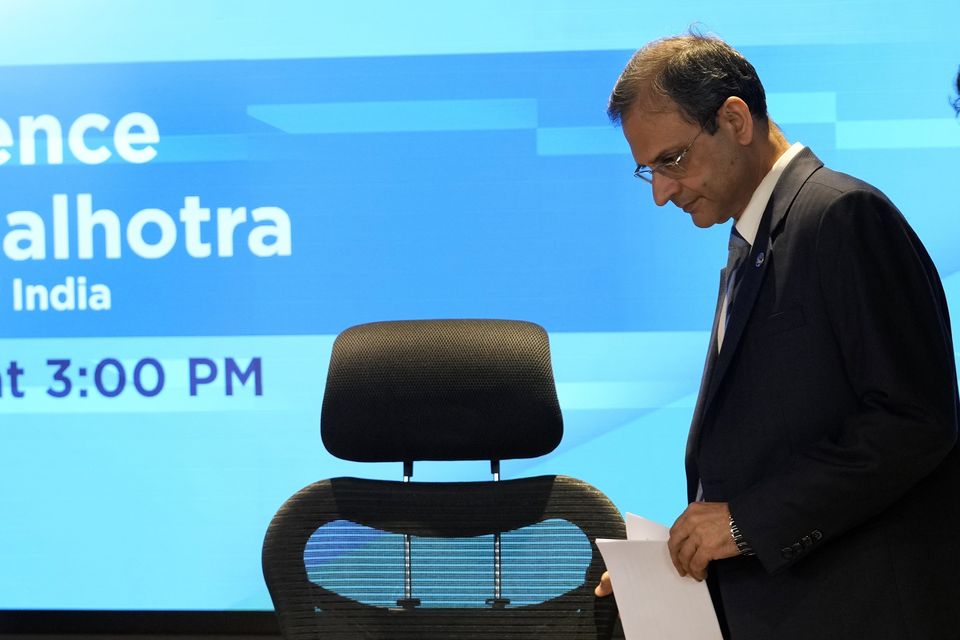Civil servant Sanjay Malhotra has become India’s new central bank governor, as the country’s economic growth slows and inflation rises.
The Reserve Bank of India (RBI) said Mr Malhotra, a former revenue secretary, will formulate India’s monetary policy for the next three years.
He succeeds Shaktikanta Das, who retired as RBI governor after an extended six-year term.
GDP growth slowed to 5.4% in the quarter ending in September, the weakest level in seven quarters, while inflation in October rose above the central bank’s 6% tolerance band to 6.21%, driven by a rapid rise in vegetable prices.
The Indian Express newspaper said in an editorial: “Malhotra takes over at a time when there is a growing clamour for the RBI to ease policy rates in order to support growth.
The move comes as the Indian economy slows (AP)
“His challenge will be to steer the central bank through a period of global and domestic uncertainty.”
Last Friday, the central bank under Mr Das left interest rates at 6.5%, unchanged since February last year, as rising food prices threatened to boost retail inflation.
However, it reduced the cash reserve ratio, which banks must hold to ease monetary conditions and support growth, to 4% from 4.5%.
It revised the GDP growth forecast to 6.6% from the previous 7.2% for the April-March fiscal year.
The central bank said the decline was mainly the result of a substantial deceleration in industrial growth due to a subdued performance by manufacturing companies, a contraction in mining activity and lower electricity demand.
The central bank said the weakness in manufacturing was not broad-based but was limited to specific industries such as petroleum products, iron and steel, and cement.
